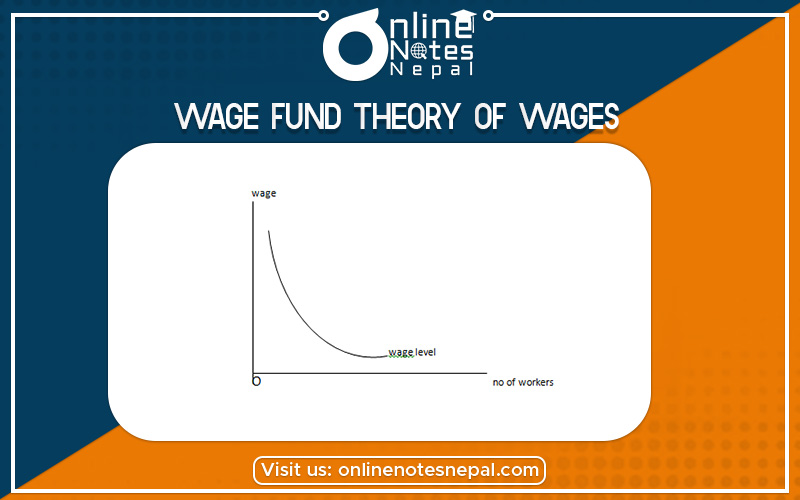Published by: sadikshya
Published date: 06 Jul 2021

Wage fund theory of wages was propounded by classical economist J.S Mill. According to J.S Mill “wages at any movement are determined by the amount of money in the wage fund and the total number of workers in the country. Thus according to this theory wage rate is determined by two factors.
Here wage fund refers to the amount of capital that is put aside by the centre for the purchase of labour output. The source of wage fund is the past accumulation sawing of the business. It is fixed and a worker refers to that segment of the total population that enters the labour market for employment.
The theory said that the wage rate is the ratio between wage funds and workers. The wage rate will be increased if wage fund increases or if workers decrease. Since workers do not have control over wage fund, the only way for them to increase the wage rate is by decreasing their workers.
Business and organization paid wages in accordance with the productivity of workers on the basis of the fixed-wage find and the member of workers.
This theory is not applicable to a growing economy. When economic growth is a high industry, agriculture trends expanded, as a result, there will be high demand for workers more get jobs at higher wages in this situation.
This theory implied that all workers are paid the same average wage rate. Hence it fails to explain the wage difference among workers.
The theory does not consider influence. In trade unions in wage determination, many firms are a force to increase the wage rate by the labour union which works for the welfare of workers.